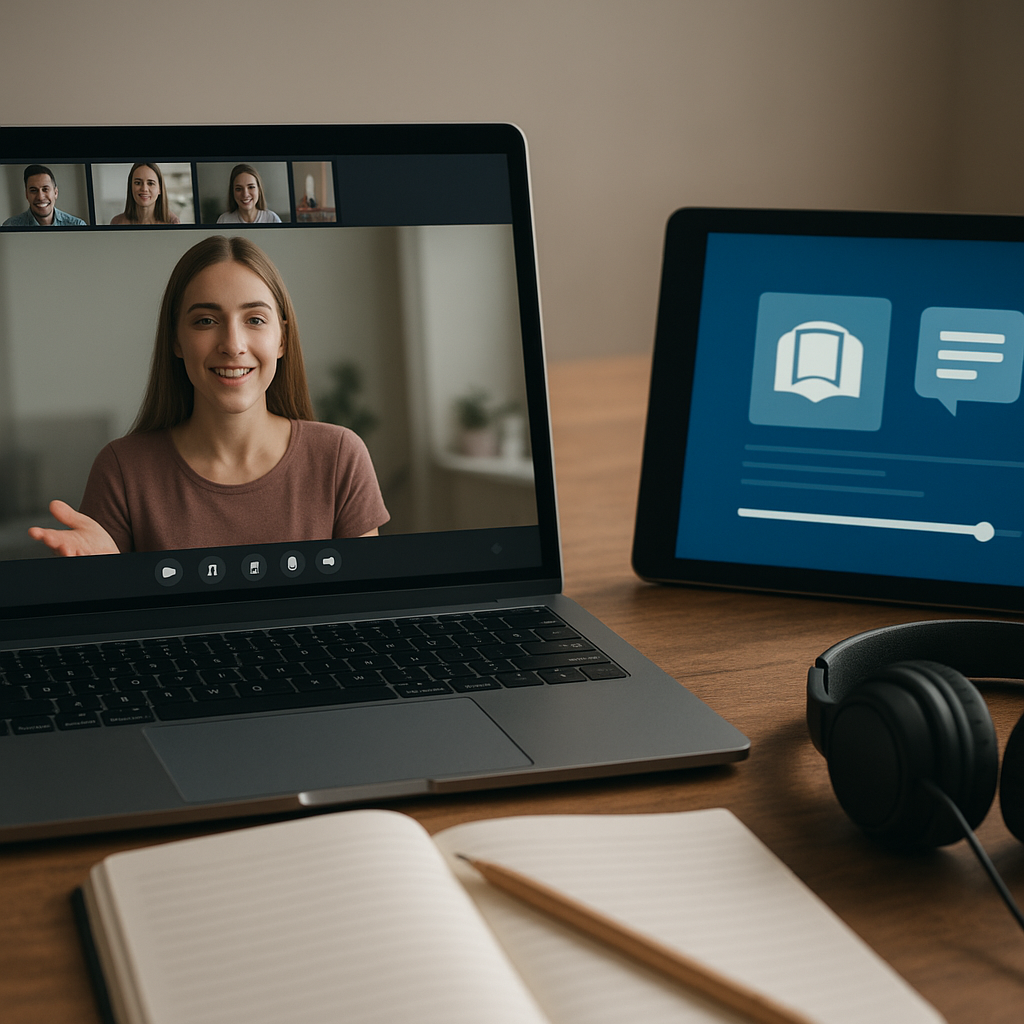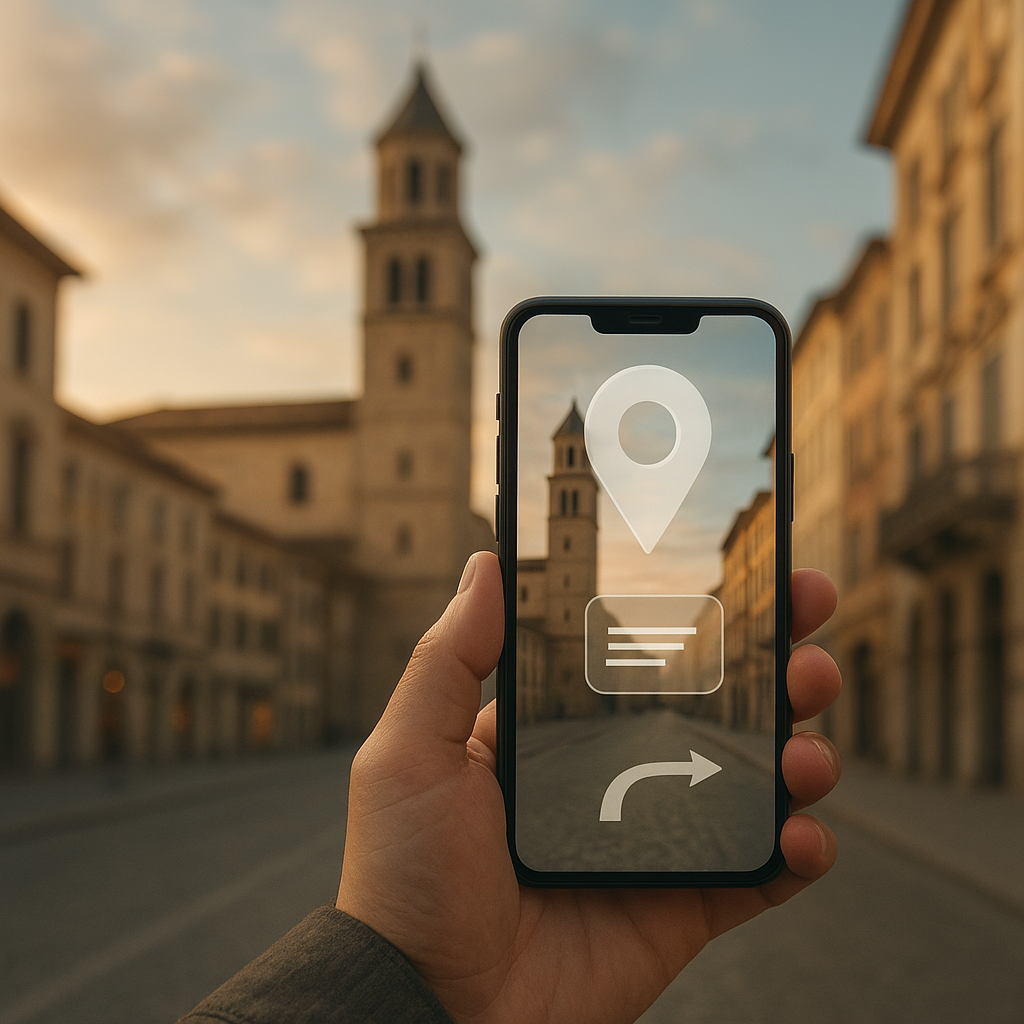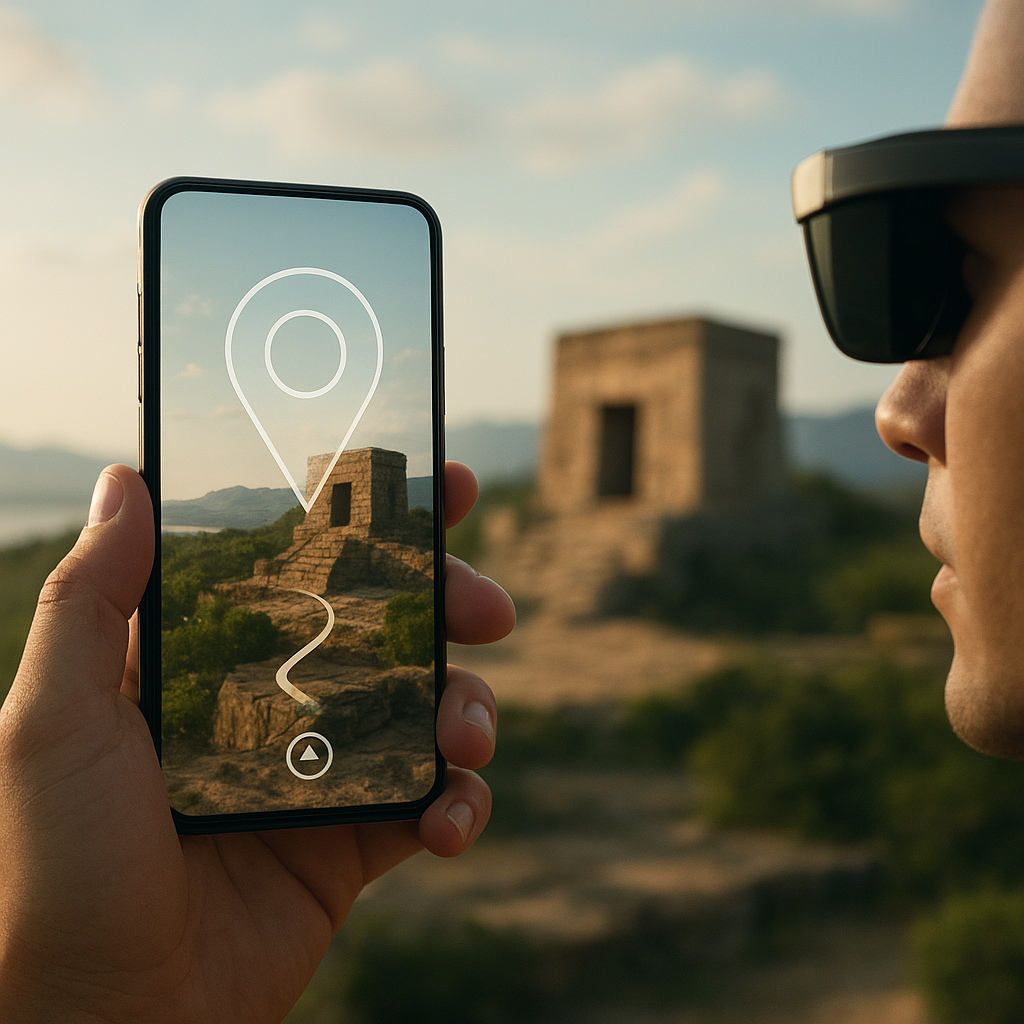Summary
As remote learning continues to reshape education, tech-driven solutions are proving crucial in addressing its challenges. Advancements in digital tools enhance engagement, accessibility, and educational outcomes for students worldwide.

Introduction
The evolution of education has increasingly embraced technology, particularly in the wake of the recent global shifts toward remote learning. As schools navigated the complexities of virtual classrooms, innovative tech solutions emerged, reshaping how educators facilitate learning and how students engage with content. This article explores the latest developments in tech-driven solutions aimed at overcoming remote learning challenges.
Enhancing Engagement Through Digital Tools
One of the primary challenges of remote learning is maintaining student engagement. Traditional classroom interactions are significantly altered in virtual environments, making it essential for educators to adopt new strategies. Here are some of the latest tools and techniques:
- Interactive Learning Platforms: Platforms like Nearpod and Pear Deck offer educators ways to create interactive lessons that enhance student participation through quizzes, polls, and multimedia content.
- Gamification: Incorporating gaming elements into lessons, using tools like Kahoot!, can increase motivation and make learning more enjoyable for students.
- Virtual Reality (VR) and Augmented Reality (AR): With advancements in VR and AR, educators can create immersive experiences that captivate students' imaginations and provide practical scenarios for complex subjects.
Overcoming Accessibility Issues
Despite technological advancements, accessibility remains a significant barrier for many students in remote learning settings. Solutions aimed at bridging this gap include:
- Adaptive Technologies: Tools designed for students with disabilities, such as text-to-speech software and screen readers, help create inclusive learning environments.
- Low-bandwidth Solutions: Educational content designed to function effectively on limited internet connections ensures that students in underserved areas can still access quality resources.
- Offline Learning Modules: Providing downloadable content allows students to learn without needing constant internet access, crucial for rural areas.
Fostering Collaboration Among Students and Educators
Effective remote learning emphasizes collaboration, and several tools facilitate communication and teamwork among students and teachers alike:
- Video Conferencing Tools: Platforms such as Zoom and Microsoft Teams enable real-time discussions and peer interactions, closely mimicking classroom experiences.
- Collaborative Document Editors: Google Drive and Microsoft 365 allow multiple students to work on projects simultaneously, promoting teamwork and creativity.
- Discussion Forums: Utilizing websites like Padlet or Google Classroom creates spaces for discussion and debate, encouraging students to express their ideas and learn from peers.
Data-Driven Insights for Personalized Learning
Advancements in artificial intelligence (AI) and data analytics play a pivotal role in tailoring educational experiences to individual needs. Educators can now leverage these technologies to:
- Assess Learning Patterns: Analyzing student data enables teachers to identify strengths and weaknesses, adjusting lessons accordingly.
- Personalized Learning Paths: Using AI, digital platforms can recommend tailored resources and activities based on a student's progress and learning style.
- Feedback Mechanisms: Automated systems can provide instant feedback on assignments, helping students understand concepts in real-time and allowing for timely interventions.
Implementing Training and Support for Educators
As technology integrates deeper into education systems, professional development for teachers is essential. Schools and districts are investing in training programs to help educators harness these tools effectively:
"Ongoing professional development is vital in ensuring educators feel confident using new technologies. This can ultimately lead to improved student outcomes," notes Education Consultant Dr. Jane Harlow.
Key aspects of these programs include:
- Workshops: Hands-on training sessions allow teachers to practice using new tools and tactics in a supportive environment.
- Peer Mentoring: Experienced educators guide their colleagues in navigating tech challenges, fostering a collaborative school culture.
- Online Resources: Access to webinars, tutorials, and forums supports continuous learning even after formal training ends.
Future Trends in Remote Learning Technology
The future of remote learning technology looks promising, with several trends that are expected to dominate:
- Increased Use of AI: As AI capabilities expand, more tools will offer predictive analytics for improved student support.
- Blockchain for Credentialing: Blockchain technology may streamline the verification of student credentials, ensuring academic records remain secure and accessible.
- Focus on Mental Health Solutions: As awareness of students' mental health needs rises, tech solutions that provide emotional support and resources will become more prevalent.
Conclusion
The challenges of remote learning are significant, but with the rapid advancement of technology, there are numerous promising solutions at educators' disposal. By prioritizing engagement, accessibility, collaboration, data-driven insights, and professional development, schools can create effective learning environments for students. As the landscape of education continues to evolve, embracing these innovations will be critical in overcoming the hurdles of remote learning.
Related Video
Watch a comprehensive discussion on tech-driven solutions for remote learning here.








